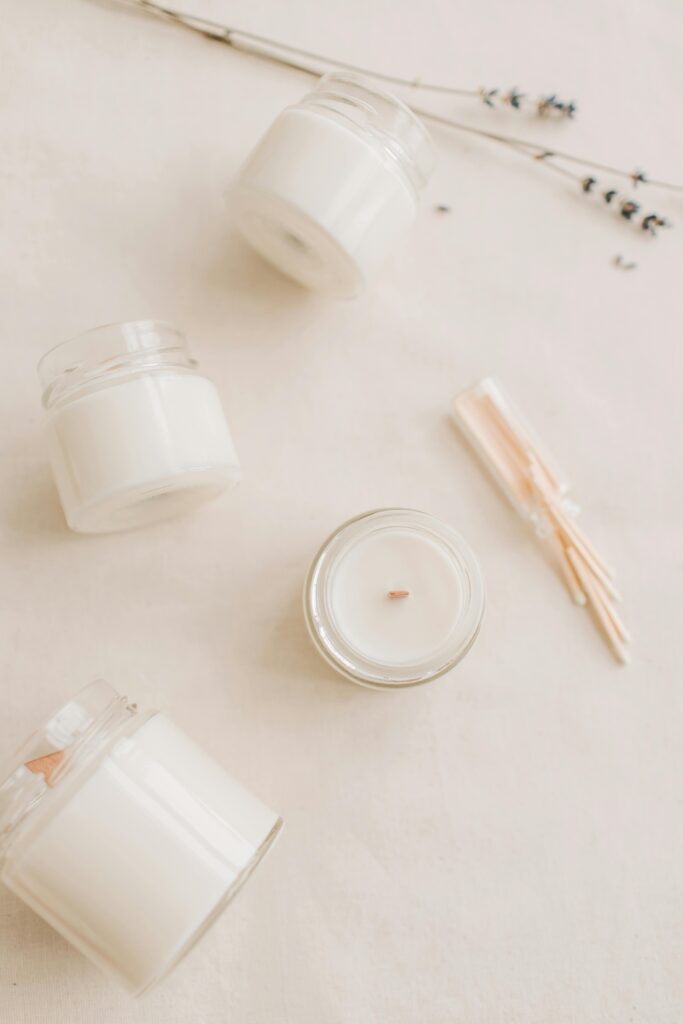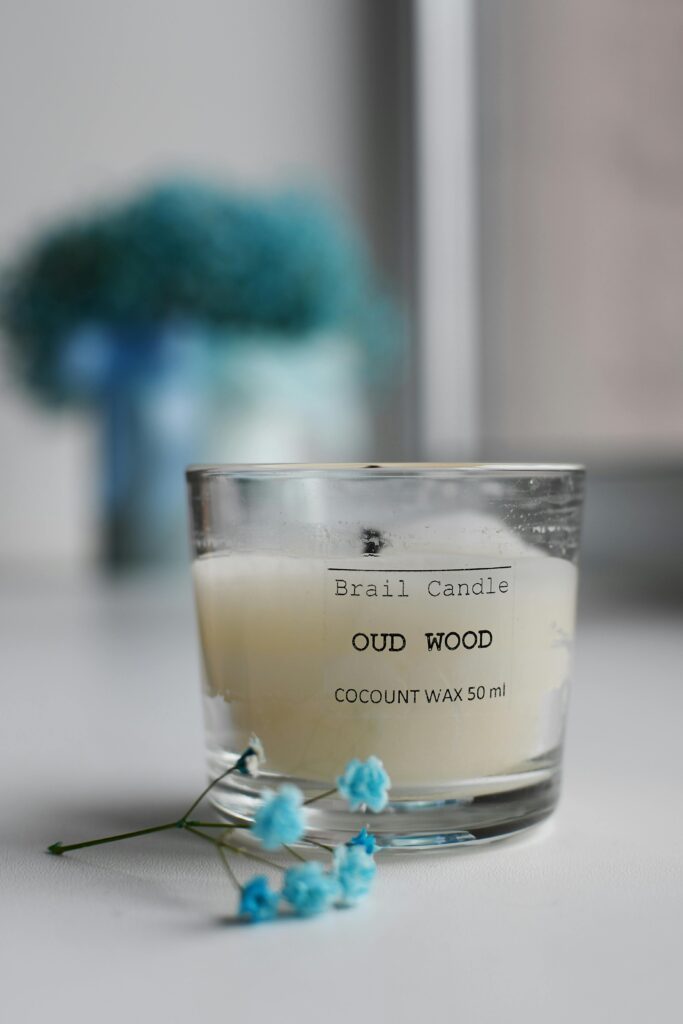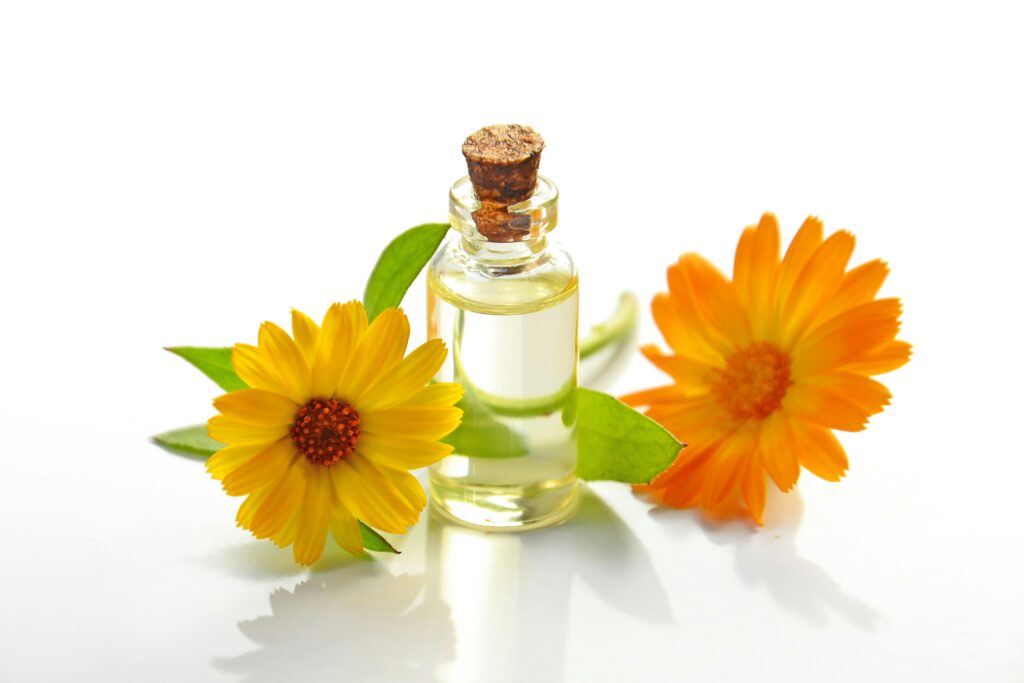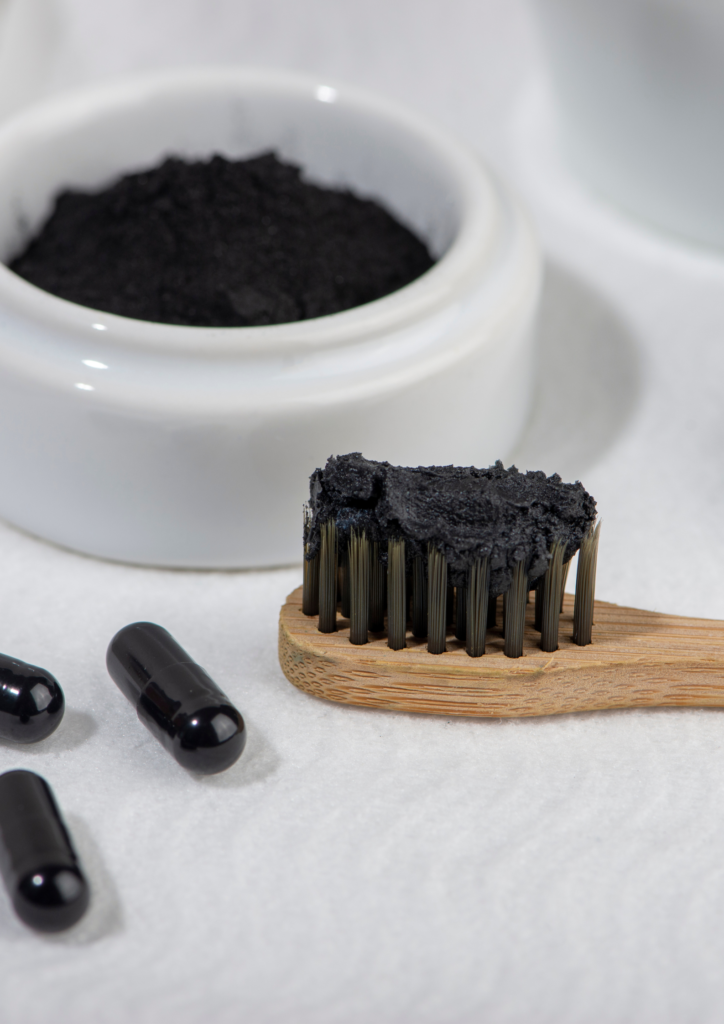Easy-to-Make Natural Candles: How to Fill Your Home with Scents Without Toxins
“Natural candles are a wonderful way to bring ambiance to your home without compromising your health. By using beeswax or soy wax, you’re creating a product that is both beautiful and sustainable.” – Dr. Emily Collins, Environmental Chemist.

Candles have been cherished for centuries, providing warmth, ambiance, and delightful scents that uplift our spaces. However, modern store-bought candles often harbor hidden toxins that can compromise air quality and health. In this blog, we’ll explore why many conventional candles can be harmful and provide easy, natural alternatives to create toxin-free candles at home. These DIY creations will fill your home with beautiful aromas and ensure a healthier environment for you and your family.
The Problem with Store-Bought Candles
Many mass-produced candles look and smell appealing, but their ingredients often tell a different story. Here’s why store-bought candles can be toxic:
1. Paraffin Wax: A Petrochemical Byproduct
Most store-bought candles are made from paraffin wax, a byproduct of petroleum refining. When burned, paraffin candles release harmful chemicals such as benzene and toluene, which are known carcinogens. According to a study conducted by South Carolina State University, these chemicals contribute to indoor air pollution and may lead to respiratory issues, headaches, and even asthma attacks.
2. Synthetic Fragrances and Phthalates
The alluring scents of many candles are often created using synthetic fragrances, which may contain phthalates. Phthalates are chemicals used to stabilize fragrances and make them last longer, but they have been linked to hormone disruption and other health problems. The U.S. Environmental Protection Agency (EPA) has flagged these chemicals as potential health hazards.
3. Lead Core Wicks
Although banned in the United States since 2003, some imported candles may still contain lead-core wicks. Burning these candles releases toxic lead particles into the air, posing serious risks, especially for children.
4. Artificial Dyes
The vibrant colors in many candles are achieved using artificial dyes, which can release harmful fumes when burned. While not as widely studied, these dyes may also contribute to indoor air pollution.
Why Natural Alternatives Are Better

Switching to natural candles is a simple way to reduce exposure to toxins while still enjoying the benefits of a cozy, fragrant home.
Natural candles:
- Use cleaner-burning waxes, such as soy, beeswax, or coconut wax.
- Contain natural essential oils for fragrance, eliminating the need for synthetic chemicals.
- Avoid artificial dyes, relying on natural coloring agents.
- Offer an eco-friendly alternative, as many natural waxes are biodegradable and sustainably sourced.
DIY Natural Candles: A Step-by-Step Guide
Making your own candles is easier than you might think! Below, we’ll walk you through three popular natural candle options: beeswax, soy wax, and coconut wax.
Materials Needed
| Material | Purpose | Where to Source |
|---|---|---|
| Natural wax (beeswax, soy, or coconut) | Base for the candle | Craft stores, online retailers |
| Essential oils | Natural fragrance | Health stores, online shops |
| Cotton or hemp wicks | Eco-friendly wick option | Craft stores, eco-friendly suppliers |
| Glass jars or tins | Candle containers | Recycled jars, thrift stores, craft shops |
| Double boiler | For melting wax | Kitchenware shops or makeshift setup |
| Thermometer | To monitor wax temperature | Kitchen supplies |
| Bamboo skewer or pencil | To hold the wick in place | Household items |
“Homemade candles allow you to control every ingredient, ensuring a toxin-free, personalized experience.” – Sarah Green, DIY Enthusiast and Blogger.
Recipe 1: Beeswax Candles

Benefits of Beeswax
Beeswax is a natural, renewable resource that burns cleanly and emits a subtle, honey-like scent. It also produces negative ions, which can help purify the air.
Instructions
- Melt the Beeswax: Using a double boiler, melt 1 pound of beeswax pellets.
- Prepare the Container: Place a cotton wick at the center of your jar, securing it with a bamboo skewer or pencil.
- Add Essential Oils: Remove the wax from heat and let it cool to about 120°F before adding 10–15 drops of your favorite essential oil. Lavender, eucalyptus, or citrus oils work wonderfully.
- Pour the Wax: Carefully pour the wax into your container, holding the wick in place.
- Let It Set: Allow the candle to cool and harden completely, then trim the wick to about ¼ inch.
Recipe 2: Soy Wax Candles

Benefits of Soy Wax
Soy wax is a plant-based, biodegradable alternative to paraffin wax. It burns slower, giving you longer-lasting candles.
Instructions
- Melt the Soy Wax: Melt 1 pound of soy wax in a double boiler.
- Prepare the Container: Secure the wick in your jar as described earlier.
- Add Essential Oils: Cool the wax to around 130°F and mix in 15–20 drops of essential oils.
- Pour the Wax: Slowly pour the wax into the jar.
- Cool and Trim: Allow the candle to set and trim the wick.
Recipe 3: Coconut Wax Candles

Benefits of Coconut Wax
Coconut wax is derived from coconut oil and is known for its clean burn and excellent scent throw. It’s also one of the most sustainable options available.
Instructions
- Melt the Coconut Wax: Follow the same melting process as for soy and beeswax.
- Add Fragrance: Mix in 15–25 drops of essential oils once the wax cools to about 125°F.
- Pour and Set: Pour the wax into prepared jars, allow it to set, and trim the wick.
Natural Scent Combinations
Experiment with these essential oil blends to customize your candle’s aroma:
| Mood | Essential Oil Blend |
|---|---|
| Relaxation | 10 drops lavender, 5 drops chamomile |
| Energy Boost | 8 drops lemon, 7 drops peppermint |
| Cozy Ambiance | 10 drops cinnamon, 5 drops clove |
| Fresh and Clean | 8 drops eucalyptus, 7 drops tea tree |
Tips for Perfect Natural Candles
- Use High-Quality Essential Oils: Opt for 100% pure oils for the best fragrance and health benefits.
- Choose the Right Wick Size: Ensure your wick is suitable for the container’s diameter to prevent tunneling.
- Monitor Wax Temperature: Adding essential oils at the right temperature preserves their potency.
Conclusion
Store-bought candles may fill your home with enticing fragrances, but they often come with hidden risks. By making your own natural candles, you can enjoy the same warmth and scent without exposing yourself to harmful toxins. With just a few simple ingredients, you’ll create beautiful, eco-friendly candles that bring light and health into your home.
References
- South Carolina State University Study on Candle Emissions
- Accessed at: scsu.edu
- EPA Report on Phthalates
- Environmental Protection Agency, 2021.
- Beeswax Benefits and Air Purification
- Nature’s Purifiers, 2022.
- DIY Candle Making Tips
- Green Living Blog, 2023.
As an Amazon Affiliate, we earn from qualifying purchases!


